Tough to explain using words, so please see the image below. I know I can facet by year, but that does not accomplish what I want.
Is this possible?

library(tidyverse)
library(lubridate)
set.seed(88)
start <- ymd("2009/11/01")
data <- data_frame(date = start + months(0:11)
, donuts = rnorm(12, mean = 30, sd = 5) %>% round(., 0)
, year = year(date)
, month = month(date, label =T, abbr =T)
)
ggplot(data = data, aes(x = date, y = donuts)) + geom_line()
